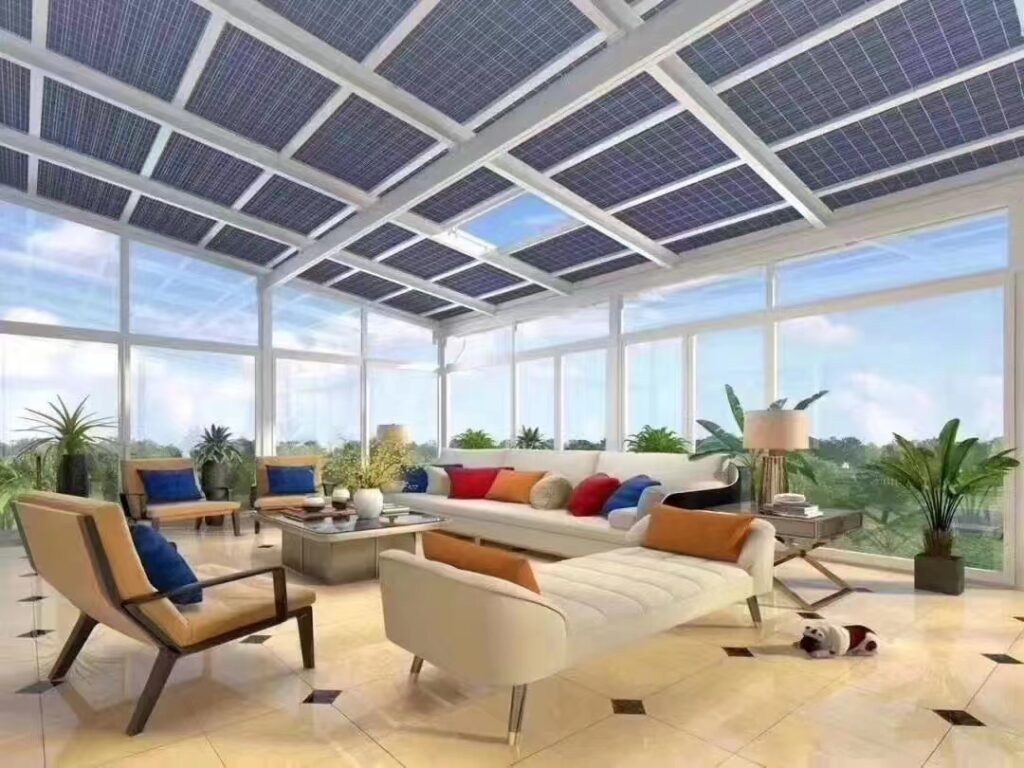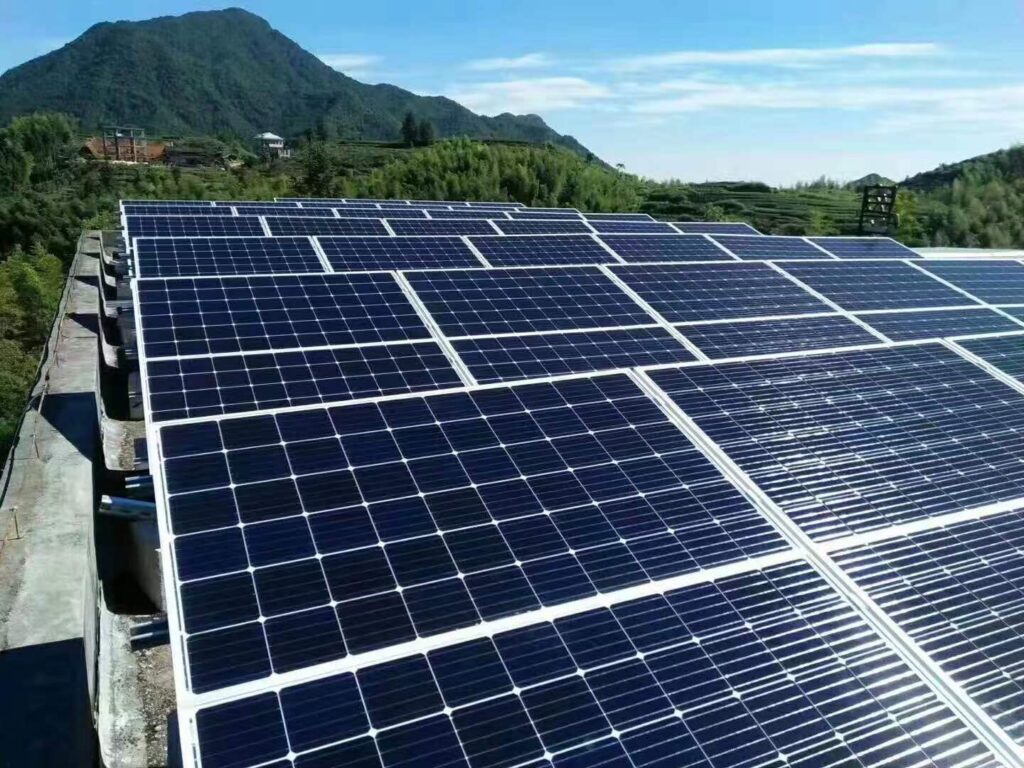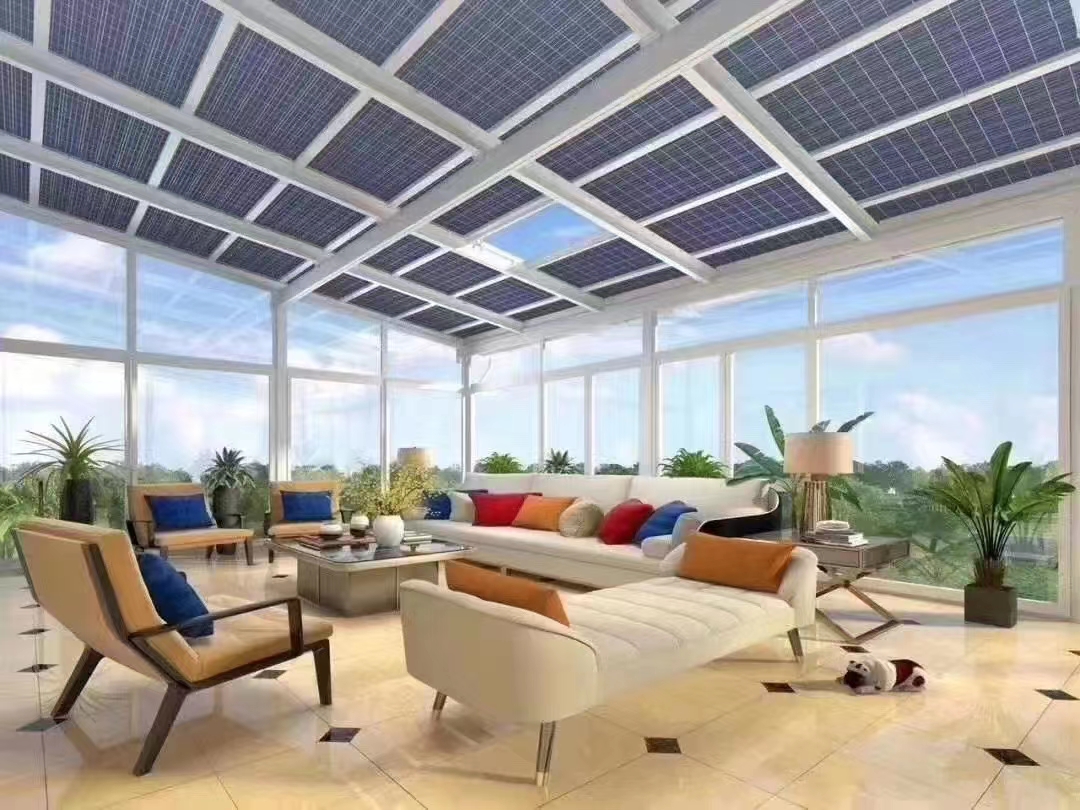floating PV
In recent years, with the massive increase of road photovoltaic power stations, there has been a serious shortage of land resources available for installation and construction, which restricts the further development of such power stations. At the same time, another branch of photovoltaic technology – floating power station has come into people’s field of vision.
Floating photovoltaic (FPV), also known as floating photovoltaic, its system setup is somewhat similar to ground installation, the difference is that all photovoltaic modules, inverters and other power station facilities are fixed on the floating platform through an anchoring system. Floating photovoltaic power station is one of the five innovative applications of photovoltaics in the future.
It will become a form of photovoltaic power station with great market potential after ground photovoltaic power station, roof photovoltaic power station and BIPV, and will be widely developed and applied around the world. According to a 2018 World Bank report, even under conservative assumptions, floating PV could reach 400 GW if only 1% of the global potential water area is utilized.

The latest industry trend – Floating Photovoltaic (FPV)
Compared with traditional photovoltaic power plants, floating photovoltaics install photovoltaic power generation components on floating bodies on the water surface. The construction cost is higher, but it has many advantages. First, it does not occupy land resources. Second, floating photovoltaic power plants can reduce water evaporation, improve water quality, and inhibit algae growth, which is beneficial and harmless to aquaculture and daily fishing. Finally, due to the cooling effect of water on photovoltaic
modules and cables, compared with ground-mounted systems, floating photovoltaic power plants can effectively improve power generation efficiency.
In 2017, Xiamen Lianbang Technology Co., Ltd. built a floating photovoltaic power station with a total area of 1,393 mu. The power station was connected to the grid in 2018, with an annual power generation of about 150 million kilowatt-hours. It is currently the world’s largest floating photovoltaic power station.
Floating photovoltaic power plants can be built on a variety of water bodies, whether it is natural lakes, artificial reservoirs, coal mining subsidence areas, or sewage treatment plants, as long as there is a certain amount of water, equipment can be installed.
Floating photovoltaic power plants can not only regenerate “wastewater” into a new power station carrier, but also maximize the self-cleaning ability of floating photovoltaics. By covering the water surface to reduce evaporation and inhibit the growth of microorganisms in the water, the water quality can be purified. The floating photovoltaic power station can make full use of the water cooling effect to solve the cooling problem encountered by the road photovoltaic power station.

Due to the fact that there is no shelter above the water area and the light is sufficient, the floating power station is expected to increase the power generation efficiency by about 5%.
From the perspective of geographical distribution, the floating photovoltaic power station market is mainly concentrated in Asia, accounting for 87% of the global floating photovoltaic market. China has the highest installed capacity, and South Korea, Japan, Vietnam, India, the Philippines, Indonesia, Singapore and other regions with high population density and scarce land resources but abundant water sources are also increasing investment. In Europe, especially in the Netherlands. The 27.4 MW floating photovoltaic power station built in seven weeks on an artificial lake near Zwolle in the Netherlands was officially put into operation in June 2020. It is the largest floating photovoltaic power station in the world outside of China. At the same time, Germany’s first floating photovoltaic power plant project is also underway.
Challenges in the development of floating photovoltaic power plants Independent installations have increased each year since 2013. By the end of 2019, more than 338 floating photovoltaic power plants had been installed in 35 countries around the world. More and more floating photovoltaic plants are being installed around the world, primarily to address land shortages and land-use conflicts with the
agricultural sector. According to a report by Wood Mackenzie Power and Renewable Energy Consulting Agency, from 2019 to 2024, the global demand for floating photovoltaic power plants will grow at an average annual rate of 22%.

Soft costs include labor, design and engineering, supply chain and logistics costs, etc. These costs are also higher than those of ground power stations. After all, the construction on the water surface and the construction on the ground will add a lot of facilities and difficulties. The situation of each water surface is different, and the design difficulty is also higher. These costs can vary widely from project to project. Ambiguity about O&M and post-installation costs can also discourage developers and investors.
And as more and more floating photovoltaic power plant projects are put into operation, the industry will accumulate more experience in design, construction, operation and management, the evaluation of system performance will become easier, and the cost in this regard will be further reduced.
Photovoltaic modules, inverters, etc. are mature technologies. But floating systems are usually more expensive than equivalent ground-mounted applications. The floating system includes floating components, mooring and anchoring systems. When it comes to flotation components alone,
solutions can vary from vendor to vendor. In addition, unique mooring and anchoring solutions must be designed for each location, depending on factors such as water level changes, extreme weather, etc. In China, for a 5-10 MW floating photovoltaic power station, the cost of the floating component system accounts for about 1/3, while the cost of the installation structure in the ground power station progresses to 8%.
Despite these cost challenges, the unique power generation and resource utilization advantages of surface photovoltaics cannot be achieved by ground power plants. As the cost of the system decreases, floating photovoltaic power plants will be considered in many countries to the greatest extent.
At present, the biggest challenge facing the development of floating photovoltaic power plants comes from the cost and soft cost of the floating system.


Comments are closed